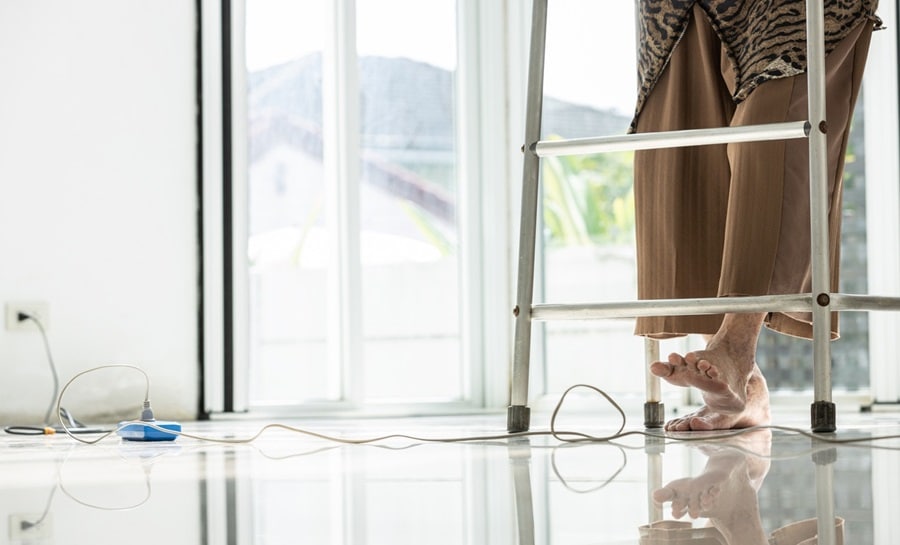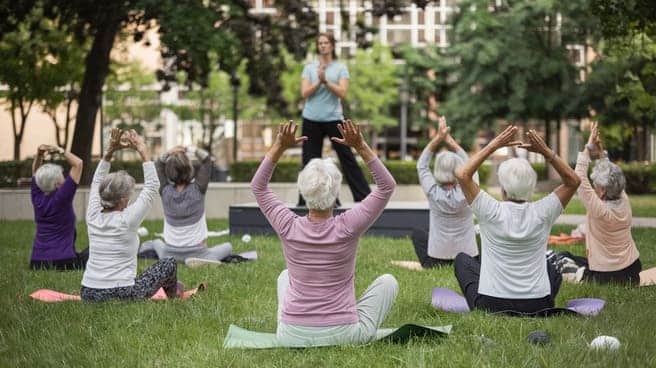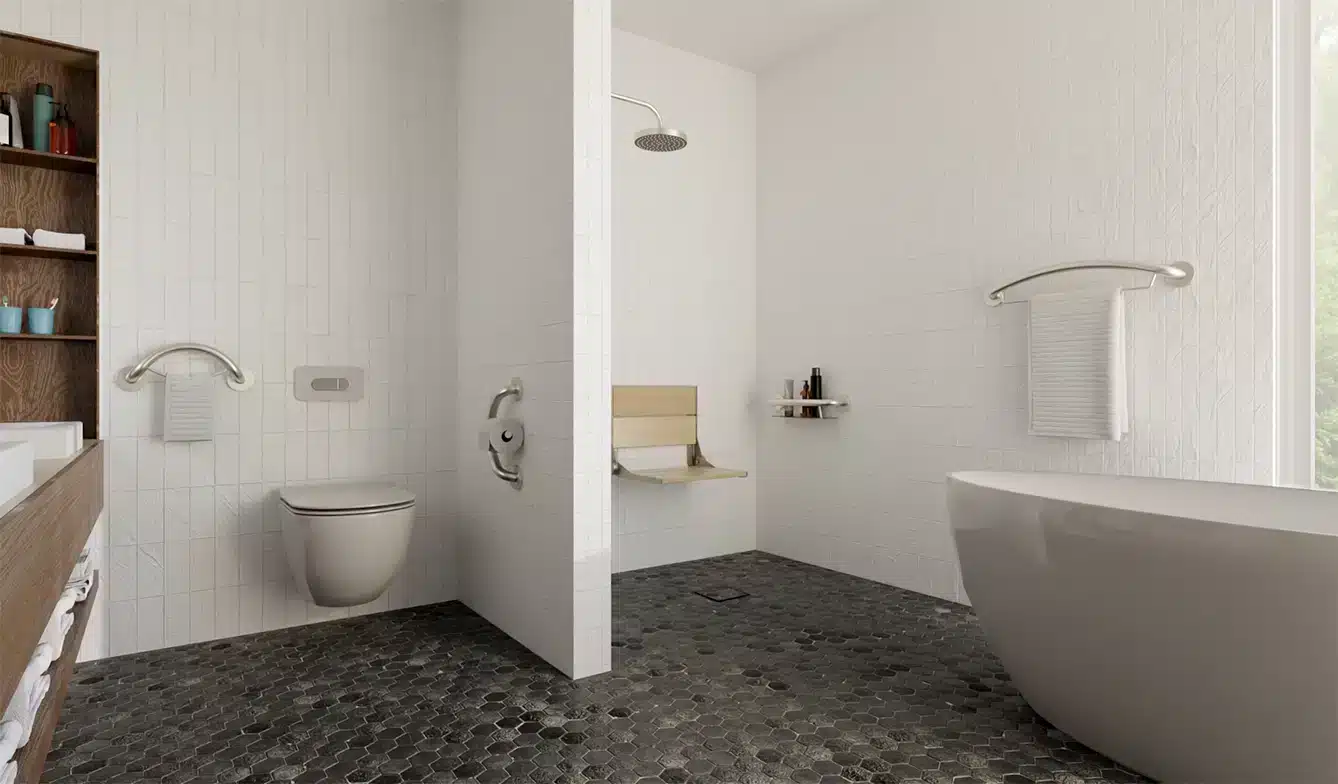The True Cost of Falls in Canada: Protecting Seniors and Preventing a Crisis
In homes across Canada, an alarming but often silent threat is putting our aging loved ones at risk: falls. With more seniors opting to age in place, it’s essential to understand the profound impact that falls have on individuals, families, and even the Canadian healthcare system.
The statistics paint a sobering picture of how falls affect older Canadians:
- Nearly one-third of seniors experience a fall every year
- Falls are responsible for 61% of injury-related deaths among Canadians aged 65 or older
- In 2018 alone, falls among seniors cost the Canadian healthcare system an estimated $5.6 billion CAD in direct medical costs.
But the financial cost is just the tip of the iceberg. Falls can lead to devastating physical injuries such as broken bones, head trauma, and long-term disabilities, requiring extended hospital stays. Seniors who are hospitalized due to a fall stay, on average, nine days longer than those admitted for other reasons.
Beyond physical harm, falls can trigger a downward spiral of emotional distress, fear, and loss of independence, contributing to social isolation and mental health challenges.
But here’s the good news: falls are preventable. With the right strategies and home adjustments, we can significantly reduce the risk of falls and help our older loved ones live confidently and safely at home.
Preventing Falls: Small Changes, Big Impact
Preventing falls isn’t just about installing expensive equipment or remodeling an entire home. While some modifications can be costly, there are also many low-cost and simple measures that can make a huge difference in keeping seniors safe. Let’s walk through some effective ways to reduce the risk of falls and protect both the physical and emotional well-being of older adults.
Home Modifications: Investing in Safety
For seniors aging in place, making safety improvements to their home is often one of the most effective ways to prevent falls. Some common modifications include:
- Installing grab bars in the bathroom near the toilet, shower, and bathtub to provide extra support.
- Adding non-slip flooring or mats in high-risk areas such as bathrooms, kitchens, and entryways.
- Upgrading to a walk-in shower with safety features like grab bars and a built-in seat.
- Improving lighting throughout the home, especially in hallways, staircases, and entryways, to reduce the risk of tripping over unseen obstacles.
While larger home modifications, such as stair lifts or converting to single-floor living, can be more expensive, they are often worth the investment. The cost of home modifications pales in comparison to the emotional and financial cost of a fall-related injury.
Low-Cost and No-Cost Fall Prevention Tips
Not every safety measure requires a major renovation or hefty price tag. Here are some inexpensive ways to reduce fall risks in the home:
- Declutter the home: A clutter-free home is a safer home. Clear floors, hallways, and staircases of unnecessary items that could cause trips or falls.
- Repair or remove tripping hazards: Loose carpets, damaged floorboards, and slippery throw rugs should be fixed or removed to prevent accidents.
- Wear proper footwear: Encourage your loved one to wear non-slip shoes inside the home. Socks alone can be slippery, but non-slip socks with grips can help if shoes feel uncomfortable.
- Use non-slip mats: Place non-slip mats in the bathroom, kitchen, and any other area where water or moisture could make the floor slippery.
- Encourage a clutter-free routine: Avoid leaving items like shoes, bags, or laundry on the floor, as these can quickly become tripping hazards.
Focus on Fitness and Balance
As people age, muscle strength and balance naturally decline, which increases the risk of falling. Engaging in regular physical activity that focuses on improving strength, balance, and coordination can help seniors maintain their mobility and reduce their risk of falling.
- Tai Chi and yoga are excellent options that target both flexibility and balance.
- Encourage your loved one to take daily walks or participate in a light exercise program tailored to their abilities.
Address Health Issues
Falls can often be the result of underlying health issues such as poor vision, hearing loss, or medications that cause dizziness. It’s important to:
- Schedule regular eye check-ups to ensure your vision is as sharp as possible.
- Review medications with a healthcare provider to identify any that may cause dizziness or balance issues.
- Encourage a healthy diet that includes nutrients important for bone health, such as calcium and vitamin D, to help prevent fractures if a fall does happen.
Create a Safer Bathroom
Bathrooms are one of the most dangerous rooms in the home for seniors due to slippery surfaces and limited space. Simple changes can make a big difference:
- Install grab bars in the shower, near the toilet, and outside the bathtub to provide support when moving in and out of slippery areas.
- Use a shower chair or bath bench to ensure your loved one has a stable place to sit while bathing.
- Add non-slip mats to the bathtub, shower, and bathroom floor to prevent slips on wet surfaces.
The Bottom Line: Fall Prevention Is a Lifesaver
For older adults, fall prevention means more than just avoiding injury—it’s about maintaining independence, staying out of the hospital, and living a life free from the fear of falling. The cost of a fall can be devastating both physically and financially, but the good news is that it’s preventable.
By making thoughtful adjustments to the home, encouraging physical fitness and balance, and addressing health concerns, we can create safer environments for our loved ones to age in place with confidence.
At HealthCraft, we’re committed to helping families protect the well-being of their aging loved ones. Take the first step in fall prevention by downloading our Free Home Safety Checklist and start creating a safer home today.








